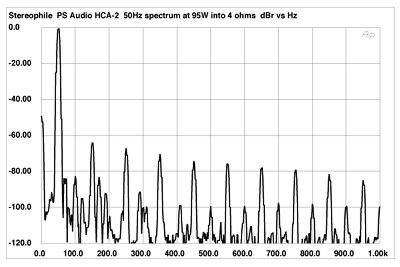Czilla9000
10 Year Member. Still no custom title.
- Joined
- Feb 26, 2002
- Posts
- 2,238
- Likes
- 12
As many of you know I find this 'digital amplifier' stuff to be cool (just look at my avatar, it has been like that for a while). Sharp now has some new 1-bit DigiReceivers out that upsample SACD, DVD-A, DVD-V, MP3, DTS, DD 5.1, CD, and Alarm Clock to a 1/5.6 MHz DSD bitstream (Pulse Density Modulation/Delta Sigma Modulation) for amplification.
NOTE: Sharps method of digital amplification is different than that of other brands. Other DigiAmps use PWM (as seen in my avatar). Sharp uses PDM (DSD). Both have flaws and advantages.
The first new model is the SD-PX2 ($379 street).

It is only 4.5 inches think and is wall mountable. It includes a built in SACD, DVD-A, DVD-V, CD player and a AM/FM radio tuner. It has 5 digital 1-bit amps running at 5.6 MHz and capable of producing 35 watts into 4 ohms (FTC rates it as 25 watts min. into 4 ohms with 2% THD max) in all of them. If it is like other 1-bit amps, it should have 0.02 THD at 1 watt.
A lot packed into a small area.
The second unit is the HX-500 ($740 street). It is basically the same as the SD-PX2 but does 100 watts per channel and has two seperate wall mountable boxes (an amp and a player) connected by a cable. There is a HX600 which adds an av selector box.
I like it would be interesting to hear SACD/DVDA upsampled to 5.6 MHz. What do you think?
NOTE: Sharps method of digital amplification is different than that of other brands. Other DigiAmps use PWM (as seen in my avatar). Sharp uses PDM (DSD). Both have flaws and advantages.
The first new model is the SD-PX2 ($379 street).

It is only 4.5 inches think and is wall mountable. It includes a built in SACD, DVD-A, DVD-V, CD player and a AM/FM radio tuner. It has 5 digital 1-bit amps running at 5.6 MHz and capable of producing 35 watts into 4 ohms (FTC rates it as 25 watts min. into 4 ohms with 2% THD max) in all of them. If it is like other 1-bit amps, it should have 0.02 THD at 1 watt.
A lot packed into a small area.
The second unit is the HX-500 ($740 street). It is basically the same as the SD-PX2 but does 100 watts per channel and has two seperate wall mountable boxes (an amp and a player) connected by a cable. There is a HX600 which adds an av selector box.
I like it would be interesting to hear SACD/DVDA upsampled to 5.6 MHz. What do you think?




